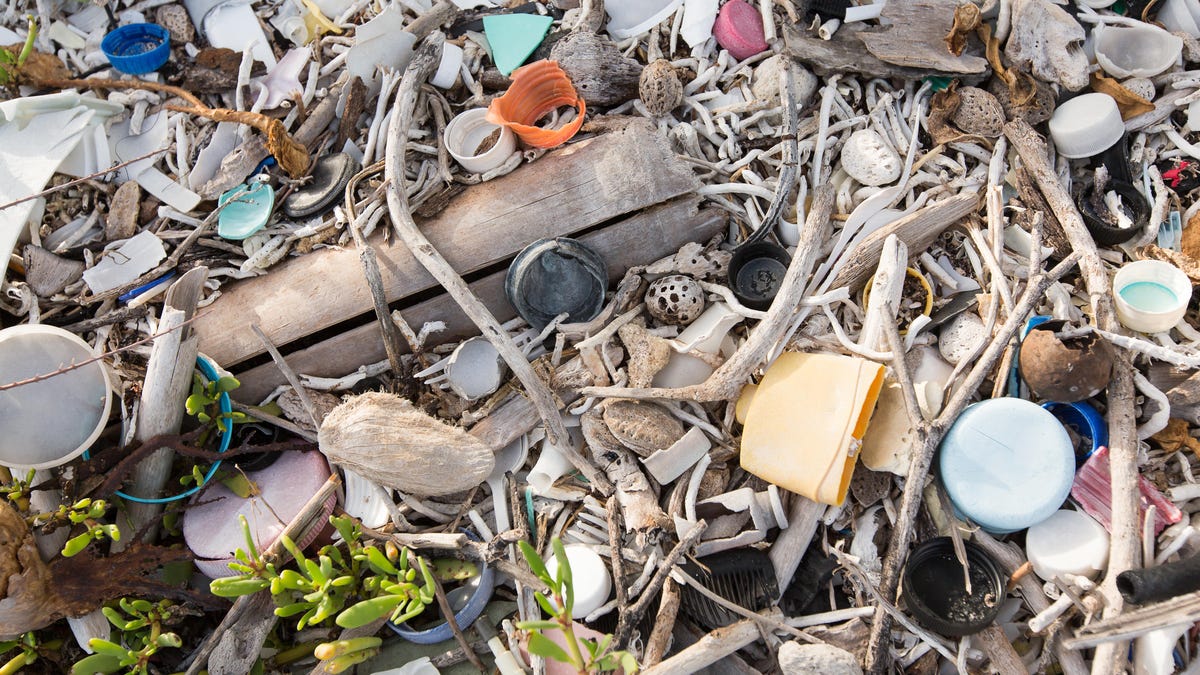Waste Pollution Is So Bad That a Flood of Plastic Has Reached the Arctic
Plastic pollution is only expected to get worse.

Plastic waste is a big problem in the Sian Ka'an reserve in Mexico, and now plastic is being found in the Arctic.
Plastic pollution is a global problem, with a flood of plastic now reaching as far north as the Arctic.
The news comes from an Alfred Wegener Institute study, published Tuesday in the Nature Reviews Earth & Environment journal, and finds that all habitats in the Arctic, including beaches, the water column and the seafloor, show levels of plastic pollution similar to those in densely populated regions.
"Our northernmost ecosystems are already particularly hard hit by climate change," said Melanie Bergmann, a biologist at the Alfred Wegener Institute, in a press release. "This is now exacerbated by plastic pollution. And our own research has shown that the pollution continues to worsen."
The level of plastics found in the Arctic is especially troublesome considering the region is already hard hit by climate change. With 19 million to 23 million tons of plastic litter ending up in the world's water, micro and nanoplastics are being found in all marine organisms. While research is still young, early studies suggest that dark plastic particles in snow can absorb more light, leading to faster melting. This could cause ice-albedo feedback, which is a loop that occurs when less white snow is available to reflect light back into the atmosphere. The darker visible portions of land then absorb light and heat, causing more rapid warming.
The flood of plastic is reaching the Arctic through a few channels. These include ocean currents from the Atlantic, the North Sea and the North Pacific, as well as particles being carried by northward winds. Water from rivers also carries plastic north, which contributes to the pollution now being found. Then there's wastewater pollution from Arctic communities and plastic debris being thrown from ships, which includes nets and ropes.
"In the Arctic, too, unintentionally ingested microplastic likely leads to reduced growth and reproduction, to physiological stress and inflammations in the tissues of marine animals, and even runs in the blood of humans," said Bergmann.
Just last month, microplastics were found in human blood for the first time.
At the current pace, plastic production is expected to double by 2034, per a 2014 study by the Federal University of Technology Akure in Nigeria.
Meanwhile, in an IPCC report released this week, scientists say action on climate change is needed immediately. Last month, at the southern end of the planet, an Antarctic ice shelf the size of Los Angeles collapsed.

